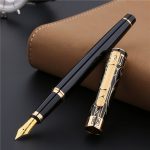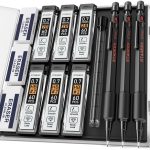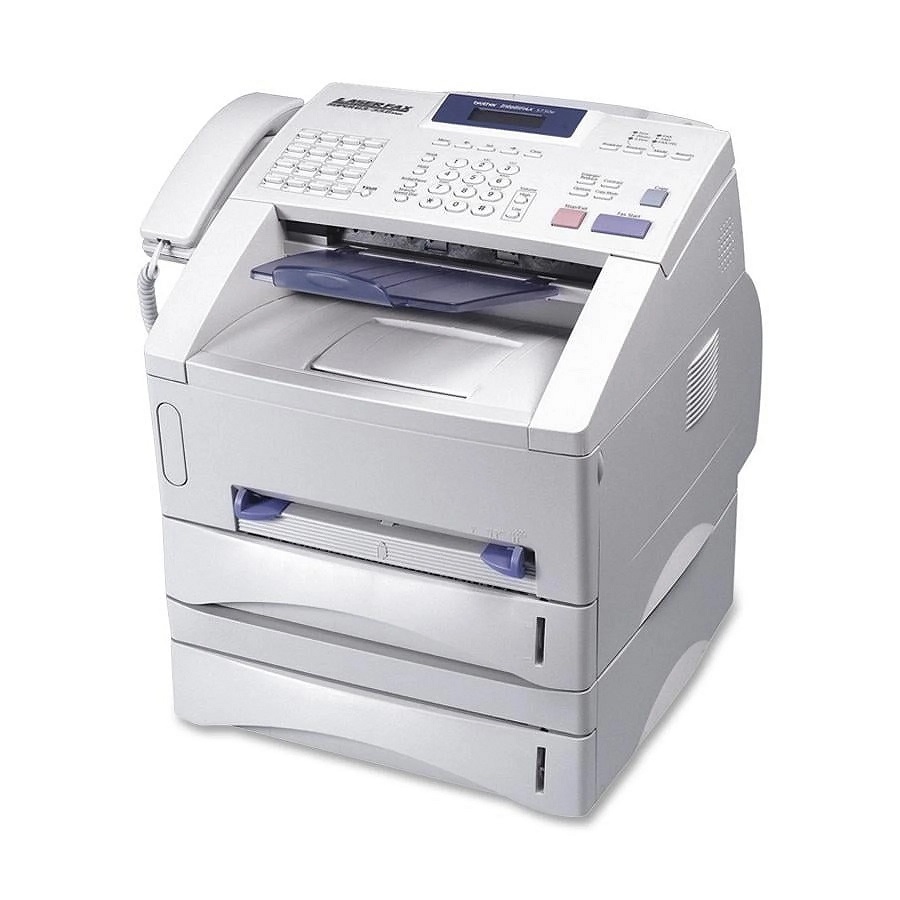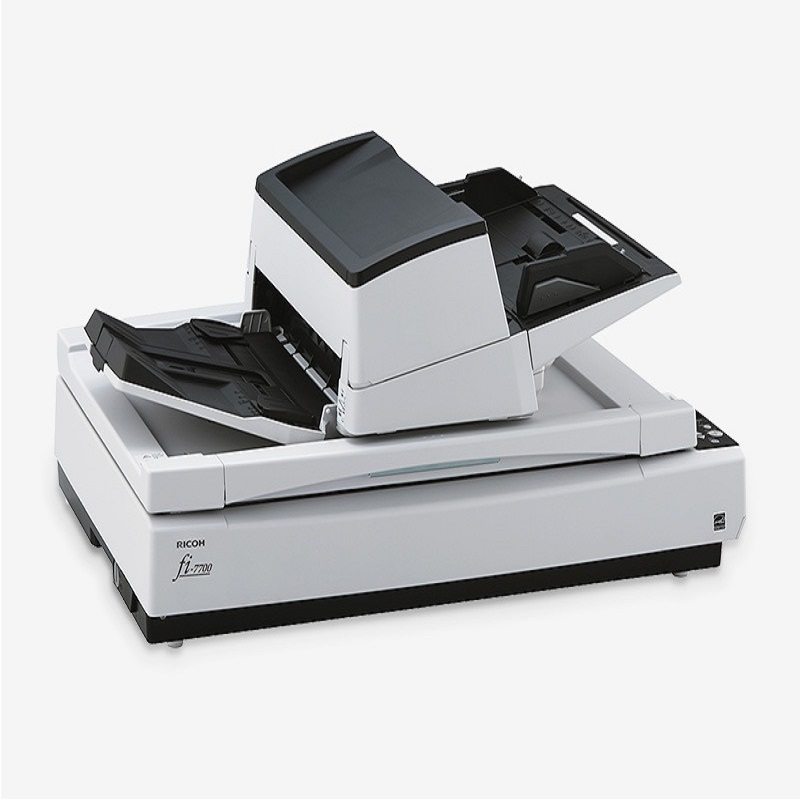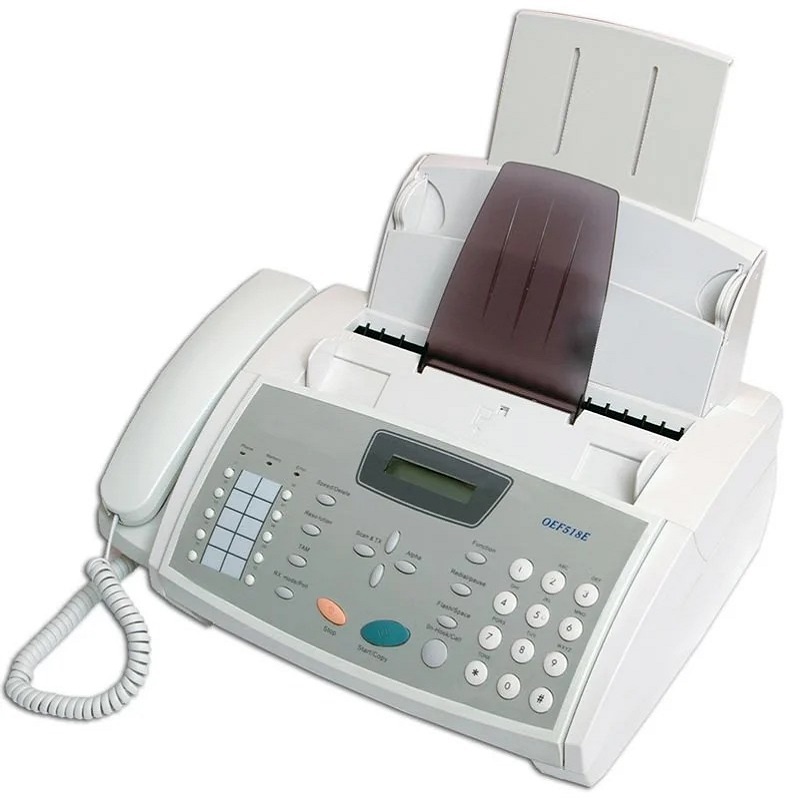When was fax machine invented? The fax machine, an essential tool for transmitting documents over long distances, has been a staple of office communication for decades. Its invention revolutionized the way businesses and individuals shared information, making it faster and more convenient than ever before. But when was the fax machine actually invented, and who were the key players in its development? In this essay, we will explore the history of the fax machine, its evolution over time, and its impact on modern communication.

The Invention of the Fax Machine
The invention of the fax machine can be traced back to the 19th century, when Scottish inventor Alexander Bain created the first electrically-operated fax machine in 1843. Bain’s “faxing” process involved using a stylus to scan an image or document, which was then transmitted over a wire to a receiving station that reproduced the image using a chemically treated paper. This early fax machine laid the foundation for the technology that would eventually become an indispensable tool for businesses and individuals around the world.
Evolution of the Fax Machine
After Alexander Bain’s initial invention, the fax machine continued to evolve over the years. In 1865, Giovanni Caselli developed the pantelegraph, which was the first practical fax machine capable of transmitting handwritten messages over long distances. The pantelegraph relied on a synchronized clock and a pendulum mechanism to ensure accurate transmission of images and text.
In the 20th century, advancements in technology led to the development of more streamlined and efficient fax machines. Companies like Xerox and IBM played a crucial role in popularizing the use of fax machines in office environments, introducing models that were faster, easier to use, and more affordable. By the 1980s, fax machines had become a common fixture in offices and businesses, facilitating the rapid exchange of documents and images across the globe.
The Impact of the Fax Machine
The invention and widespread adoption of the fax machine had a significant impact on modern communication. It allowed businesses to share important documents, contracts, and correspondence with clients and partners in a matter of minutes, eliminating the need for time-consuming mail or courier services. The fax machine also played a crucial role in the legal and medical fields, enabling the rapid exchange of vital information and records.
Furthermore, the fax machine paved the way for the development of other communication technologies, such as email and digital imaging. Its influence can still be felt today, as the concept of transmitting documents electronically continues to shape the way we work and communicate.
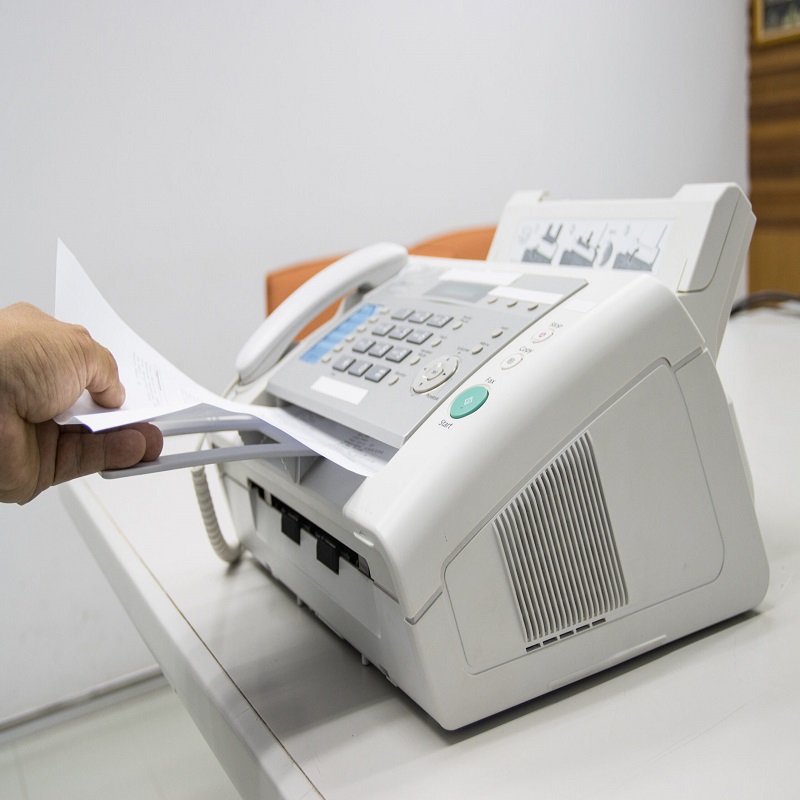
How to use fax machine?
Fax machines have been a staple in offices for decades, allowing the quick and convenient transmission of documents and images. Though modern technology has brought about many alternatives, fax machines are still widely used in various industries.
Setting up the fax machine
Before you can start using a fax machine, you need to ensure that it is properly set up and connected to a phone line. Here are the steps to get your fax machine ready for use:
- Find a suitable location for the fax machine near a power outlet and a phone line.
- Plug the fax machine into the power outlet and switch it on.
- Connect the fax machine to the phone line using the appropriate cable.
- Once the machine is connect, you may need to enter some basic information such as your company name, phone number, and fax number. This information will be use for the header on your outgoing faxes.
Sending a fax
Once your fax machine is set up, you can start sending faxes. Follow these steps to send a fax:
- Load the document you want to fax into the document feeder, face down. If you are sending multiple pages, ensure that they are properly align.
- Enter the recipient’s fax number using the numeric keypad on the fax machine. Be sure to include the area code and any necessary prefixes for long-distance dialing.
- If you need to include a cover page, enter the information on the machine’s control panel or select the option to print a cover page before sending the fax.
- Once everything is in order, press the “Send” or “Start” button on the fax machine to begin transmitting the document. You may hear the machine dialing the recipient’s number and see a status display indicating the progress of the transmission.
Receiving a fax
When someone sends a fax to your number, your fax machine will automatically receive the document. Here’s what you need to do when receiving a fax:
- Ensure that the fax machine is switch on and connect to the phone line.
- When the fax machine detects an incoming fax, it will automatically answer the call and begin receiving the document. You may hear the machine’s internal mechanisms at work as it processes the incoming fax.
- Once the fax is receive, it will be printer out, and you can retrieve the document from the output tray.
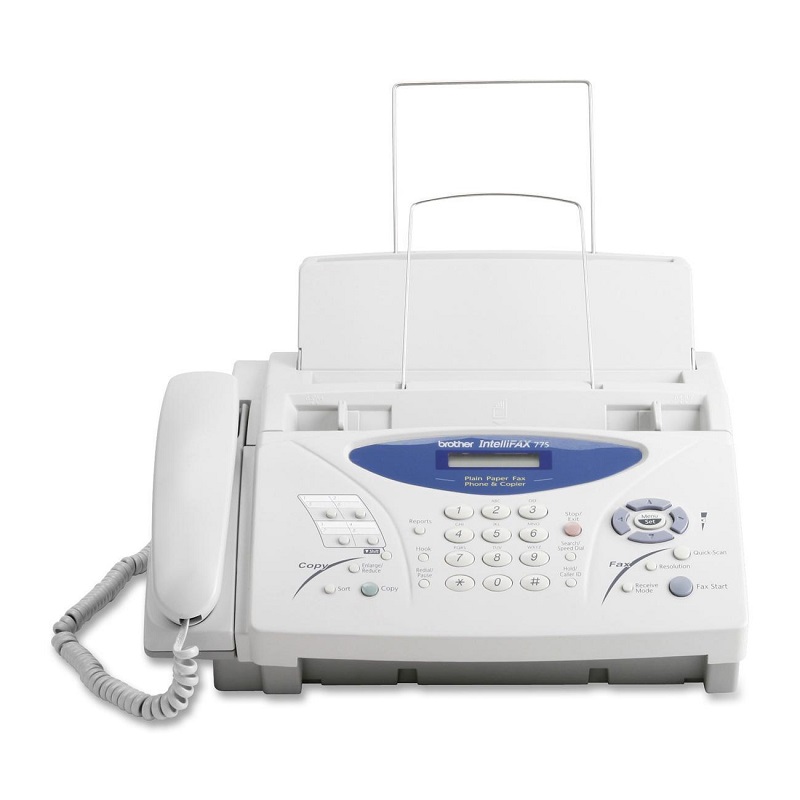
Maintaining the fax machine
To ensure that your fax machine continues to operate smoothly, it’s important to perform regular maintenance. Here are some maintenance tips for your fax machine:
- Clean the document feeder and scanner glass regularly to remove dust and debris that can affect the quality of the faxes.
- Check the paper supply and replace any empty or low paper trays to avoid running out of paper during a fax transmission.
- If the fax machines work uses ink or toner, monitor the levels and replace the cartridge as need to maintain clear and legible faxes.
- Periodically test the fax machine by sending and receiving test faxes to ensure that it is functioning properly.
Advantages of fax machine
Efficiency
One of the primary advantages of using a fax machine is its efficiency. Sending a fax is a quick and reliable way to transmit important documents. Unlike traditional mail or courier services, faxes can be sent and receive in a matter of seconds, making them ideal for time-sensitive information. This efficiency can save businesses valuable time and resources, allowing for faster decision-making and communication with clients and partners.
Legal Validity
Another advantage of using a fax machine is the legal validity of fax documents. In many industries, including legal and financial sectors, fax documents are consider legally binding. This means that contracts, agreements, and other important documents sent via fax can be use as evidence in legal disputes. This legal validity provides businesses with peace of mind and ensures that important documents can be transmit securely and in a legally recognize format.
Security
Fax machines offer a level of security that digital communication methods often struggle to match. When sending a fax, the document is transmit over a telephone line directly to the recipient’s fax machine. This means that the document does not pass through potentially vulnerable networks or servers, reducing the risk of interception or hacking. Additionally, many fax machines offer security features such as encryption and password protection, further safeguarding sensitive information.
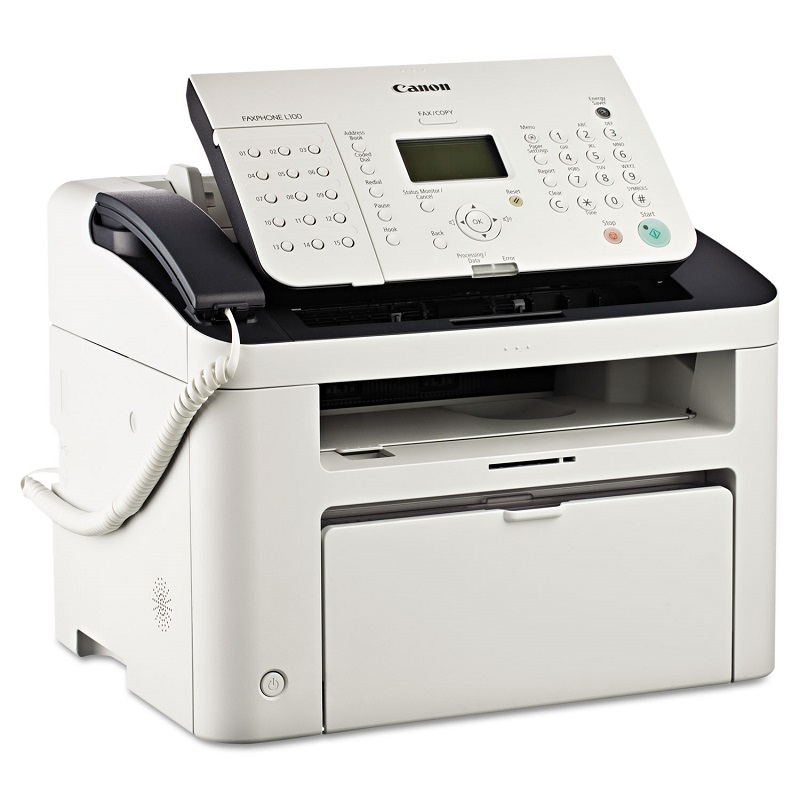
Conclusion
In conclusion, the invention of the fax machine in the 19th century mark a significant milestone in the history of communication technology. From its humble beginnings as a rudimentary scanning and transmission device, the fax machine evolver into a critical tool for businesses and individuals around the world. Its impact on modern communication cannot be overstated, and its legacy continues to shape the way we share information in today’s digital age. The fax machine will always be remember as a groundbreaking invention that revolutionize the way we communicate.


